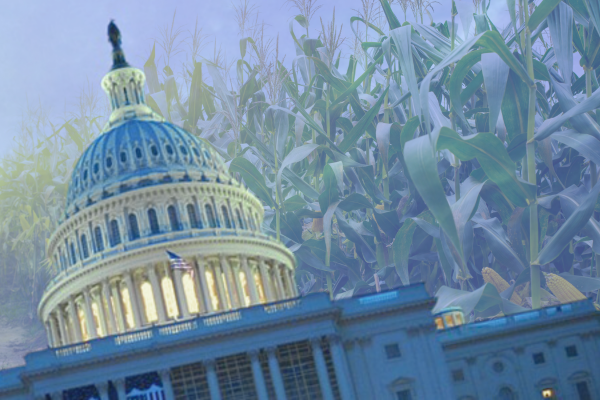October 2, 2025

As of 12:01 AM October 1, 2025, the Federal Government has shut down until congress can agree on a funding bill. It’s anyone's guess as to how long the shutdown will last, so in the meantime, here’s what agricultural producers should know.
For most farmers, the direct impact of the shutdown should be minimal. Here is the status of several key federal agencies:
Department of Labor (DOL) and Department of Homeland Security (DHS)
DHS and its subsidiaries remain open, but at reduced capacity. DOL is also at reduced capacity. This means that while U.S. Citizenship and Immigration Services will continue its activities, DOL approvals for visas, such as H-2A, may be delayed. During previous shutdowns, E-Verify became unavailable, so users of that system may have to revert to manual I-9 documents if the shutdown is extended. ICE immigration enforcement actions are expected to continue unabated.
U.S. Department of Agriculture (USDA)
A significant number of USDA employees are furloughed and prohibited from performing their jobs until funding is restored. Of USDA’s nearly 86,000 employees, about 42,000 are impacted. Most non-emergency research projects will be paused. Payments to growers for a number of programs, including the supplemental disaster program, will resume when the government reopens.
Expected Furloughs by Agency:
- Agricultural Marketing Service (AMS): 348 of 3,987
- Animal and Plant Health Inspection Service (APHIS): 1,233 of 6,967
- Foreign Agricultural Service (FAS): 467 of 550
- Farm Service Agency (FSA): 6,377 of 9,468
- Risk Management Agency (RMA): 301 of 348
- National Agricultural Statistics Service (NASS): 456 of 501
- Economic Research Service (ERS): 188 of 200
You can find details on how USDA will manage the shutdown in their plan here.
Here is a brief summary of USDA activities that will continue during a lapse:
Certain farm loan processing items, certain natural resource and conservation programs, essential food safety operations (inspections and laboratory work) to protect public health, responding to and preparing for wildland fires, activities supported by user fees (including grading, assessment, inspection, import and export), animal and plant health emergency programs (including new world screwworm, highly pathogenic avian influenza, exotic fruit flies, African swine fever, and rabies), Section 521 Rental Assistance Program outlays of prior obligations, human resource policies and systems, critical IT infrastructure and cybersecurity, emergency operations, and national defense and homeland security readiness. Nutrition safety net programs, such as SNAP, should continue, but the Women, Infants, and Children (WIC) food program is at risk of running out of funds.
A brief summary of USDA activities that will cease during a lapse:
Payment processing, disaster assistance processing, technical assistance, contracts and agreements not related to exempted programs, financial management beyond funds management, regulatory work, travel, trainings, trade negotiations, timber sales, hazardous fuels treatments, special use permits, surveys for high risk plant pests and diseases for certain swine, cattle, and aquatic animal diseases, long-term studies and research on animal diseases, research and report publications, website updates, data products, and the majority of Risk Management Agency, Natural Resources Conservation Service, Foreign Agricultural Service, Food and Nutrition Service, National Institute of Food and Agriculture, Economic Research Service, National Agricultural Statistical Service, Rural Development, and Staff Office activities. Most local service centers will be closed, and NASS reports may be delayed or canceled. Crop insurance activities will continue as these largely rely on private insurance companies, but RMA and FSA-dependent programs may be delayed.
National Oceanic and Atmospheric Administration (NOAA):
All public National Weather Service activities, including outreach activities, have been canceled or postponed until further notice. The National Weather Service will continue to provide critical forecast, watch and warning information to protect life and property throughout the shutdown. NOAA fisheries management and seafood inspections will continue.
Other Federal programs:
Social Security, Veteran’s Administration benefits, and other programs should continue, but there could be delays in services, such as processing new applications.
Federal employees will not be paid during the shutdown (including essential employees who must still report to work), but historically, back pay has been approved by congress for federal workers after the shutdown.




